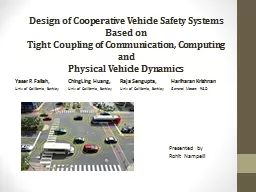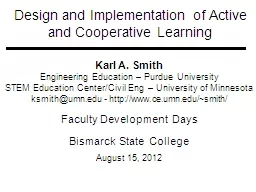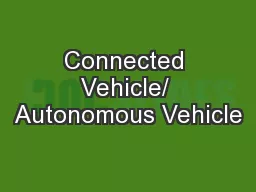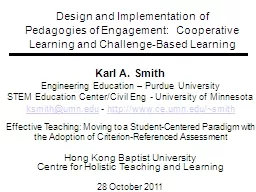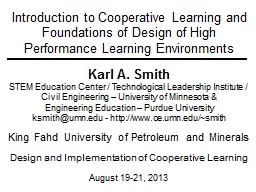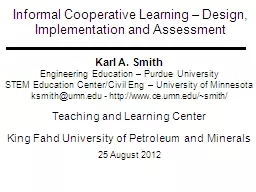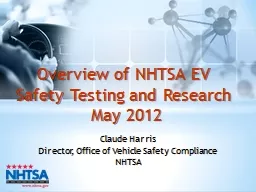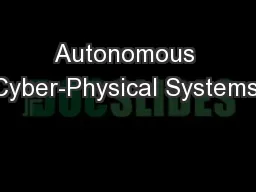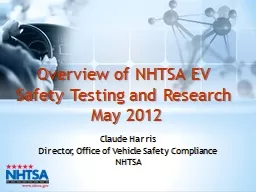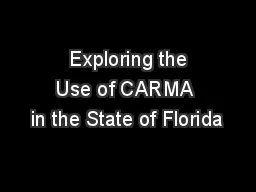PPT-Design of Cooperative Vehicle Safety Systems Based on
Author : faustina-dinatale | Published Date : 2016-07-28
Tight Coupling of Communication Computing and Physical Vehicle Dynamics Yaser P Fallah ChingLing Huang Raja Sengupta Hariharan Krishnan Univ of California
Presentation Embed Code
Download Presentation
Download Presentation The PPT/PDF document "Design of Cooperative Vehicle Safety Sys..." is the property of its rightful owner. Permission is granted to download and print the materials on this website for personal, non-commercial use only, and to display it on your personal computer provided you do not modify the materials and that you retain all copyright notices contained in the materials. By downloading content from our website, you accept the terms of this agreement.
Design of Cooperative Vehicle Safety Systems Based on: Transcript
Download Rules Of Document
"Design of Cooperative Vehicle Safety Systems Based on"The content belongs to its owner. You may download and print it for personal use, without modification, and keep all copyright notices. By downloading, you agree to these terms.
Related Documents

